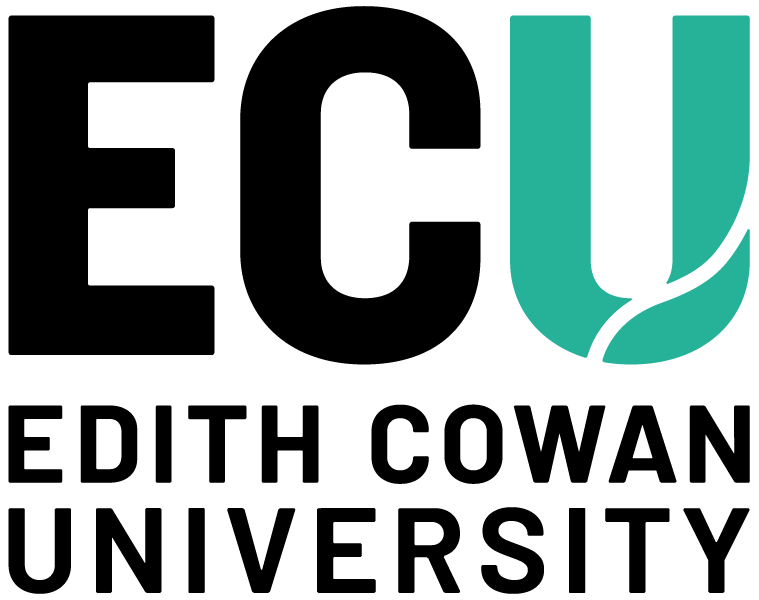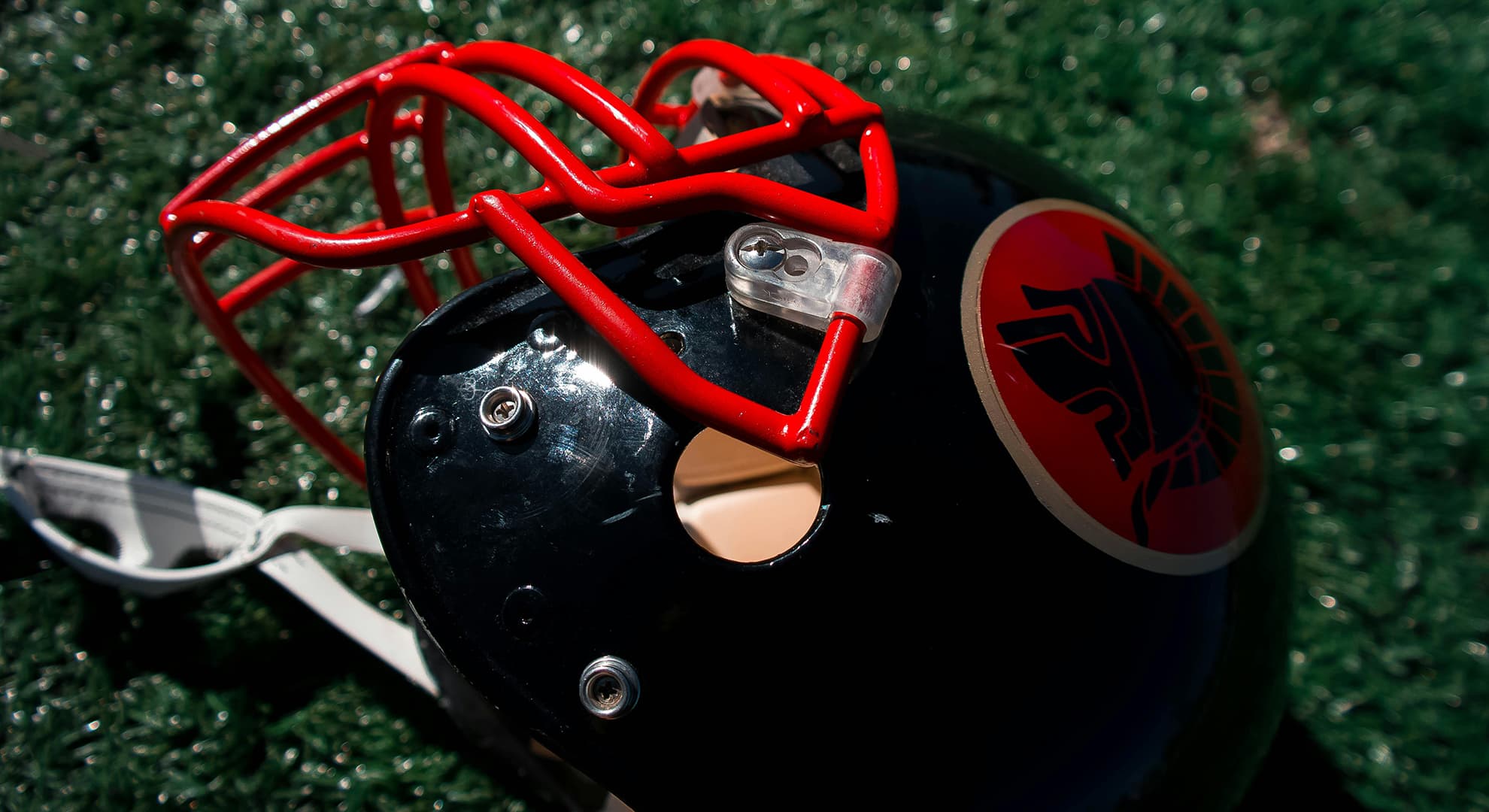A new publication by Dr Lauren Fortington from Edith Cowan University (ECU) in Perth Australia questions the existing evidence in relation to a novel condition termed chronic traumatic encephalopathy neuropathological change (CTE-NC).
Concerns over CTE-NC have become prevalent in recent years, particularly among athletes involved in contact sports such as American football, Australian rules football, rugby, ice hockey, martial arts and boxing.
Dr Fortington, an Injury Epidemiologist, along with an international team of researchers from a range of academic specialties, queried the methodology and findings of a highly publicised 2022 article which claimed, "convincing evidence of a causal relationship between repetitive head impacts (RHI) and CTE".
"In order to say that A leads to B we first need to understand what A and B are. Scientific consensus on RHIs and CTE-NC is lacking - we don't have a clear understanding of what the exposure and outcomes are, and we don't have suitable ways to accurately record them," Dr Fortington said.
Dr Fortington said that even if scientific consensus on what constitutes RHI and CTE-NC had already been established, the applications of those operational definitions is still not sufficient to draw causal conclusions on this matter, due to the inherent limitations in the study designs used to date.
"So, in our view, we have weak definitions and inconsistent measurements of the exposure to the proposed cause at one end, and a lack of consistency in identifying the outcome at the other, because pathologists have struggled to develop agreement on what the thresholds for CTE are, and how to reliably distinguish CTE from other conditions.
"And in between exposure and outcome, in our view it isn't clear whether there is a clinical syndrome (a set of signs and symptoms) that distinguishes CTE from other health conditions that can occur in middle and older age."
Although symptoms such as mood fluctuations, confusion, disorientation and dizziness have been suggested, these problems are also associated with a range of other medical conditions and conditions of ageing.
"The question as to whether or not CTE-NC, or some other pathological outcome yet to be determined, is related to clinical signs and symptoms among individuals exposed to brain trauma is a high-priority question still to be answered," Dr Fortington noted.
New Zealand Rugby's Chief Scientist Dr Ken Quarrie, who co-authored the new publication, emphasised the importance of maintaining clarity and objectivity in this ongoing debate.
"In helping the public understand what is and isn't known, it's important for people to recognise that this article has been through a robust peer review process and has been published in a reputable journal.
"The polarised nature of the debate around CTE means there's a risk that the facts could be misrepresented—whether downplayed or exaggerated. Our role as scientists is to ensure that we communicate the evidence accurately and responsibly," Dr Quarrie said.
"While work to establish a firm consensus around RHI and CTE-NC is still underway, significant workis being done to limit sports injuries, not only in pro athletes, but also at community level," Dr Fortington said.
"Until the findings of several high-quality studies are published, the scientific community, and all those who distribute research findings, must be more critical of causal claims in this field."
Contributors
- Lauren Fortington (Injury epidemiology)
Edith Cowan University, Joondalup, Western Australia, Australia - J David Cassidy (Injury epidemiology)
Dalla Lana School of Public Health, University of Toronto, Ontario, Canada. - Rudolph Castellani (Neuropathology)
Northwestern University Feinberg School of Medicine and Mesulam Center for Cognitive Neurology and Alzheimer's Disease, Chicago, Illanois, USA. - Andrew Gardner (Neuropsychology)
Faculty of Medicine and Health, The University of Sydney, Camperdown, NSW, Australia. - Andrew McIntosh (Biomechanics and ergonomics)
Monash University Accident Research Centre, Monash University, Clayton, Victoria, Australia. - Michael Austen (Occupational and environmental medicine)
No academic affiliation - Zachary Yukio Kerr (Injury epidemiology)
Department of Exercise and Sport Science, University of North Carolina at Chapel Hill, USA. - Ken Quarrie (Injury epidemiology)
New Zealand Rugby
Sports Performance Research Institute New Zealand, Auckland University of Technology
Auckland Bioengineering Institute, The University of Auckland.

 Concerns over CTE-NC have become prevalent in recent years, particularly among athletes involved in contact sports such as American football.
Concerns over CTE-NC have become prevalent in recent years, particularly among athletes involved in contact sports such as American football.



